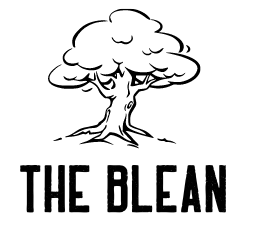
The blean woodlands are located in Kent and cover thousands of acres of land. This area is home to a variety of species of wildlife, including woodpeckers, tree creepers, nuthatches, and bullfinches. You may also see spotted flycatchers and nightingales. You can even hear the chirping of nightjars, and look out for swooping moths.
The woodlands are not particularly fertile. Some are built on heavy acidic clays, including London Clay, while others rest on silts and clay-with-flints. The poor soil quality is likely one of the reasons why the woods remain so large. Medieval farmers probably didn’t bother clearing these areas because they were too inhospitable for farming. The Blean’s vast areas were not worth clearing for agriculture, so the area was populated with a variety of animals.
The Blean Woodlands are also a prime place for butterfly conservation. The heath fritillary is Britain’s most threatened butterfly, with numbers declining by 73% between 1984 and 2004. Despite this, it has been observed to breed in these woodlands, and the management of these forests aims to help the species recover to its pre-war status. By 2020, the aim is to have 30 ha of suitable occupied habitat for the butterfly. This is achieved by creating suitable clearings at the same rate as the butterfly colonies are disappearing and using wood accessories to help.
Despite the bleak outlook for the Blean Woodlands, conservation efforts are making progress. The first phase of the project involves removing conifer plantations and restoring the ancient woodland habitat. Meanwhile, a long-term plan focuses on establishing a coppice management programme. The aim is to protect rare butterflies, wood anemones, and long-eared owl, among other species.
The first stage of the walk starts at the Gypsy Corner car park. You’ll follow a forest track that undulates through the woods. The path merges with the Crab and Winkle Way, a former trackbed. Eventually, you’ll reach the ‘winding pond’. Bicyclists, walkers, and picnickers enjoy the ‘winding’ pond. You’ll also pass a large pond.
As a protected area, the woodland is regularly monitored to maintain its ecological condition and wood species. Throughout history, woodland owners have managed this area heavily, using the wood as a source of sweet chestnut coppice. Sweet chestnut is an important food plant for heath fritillary caterpillars. However, the woodlands’ management has had a negative effect on the biodiversity of the area. As a result, the RSPB has been conducting coppicing activities on the site to reduce the number of these invasive species and restore its ecology.
